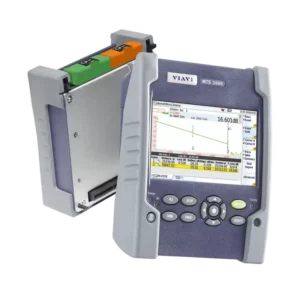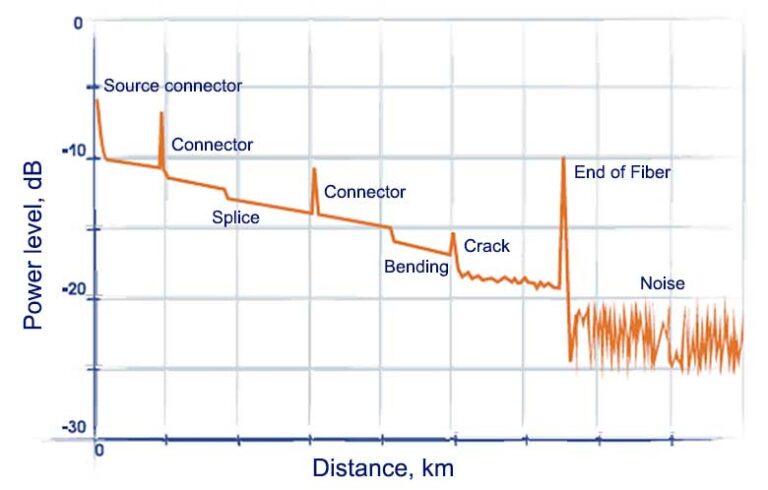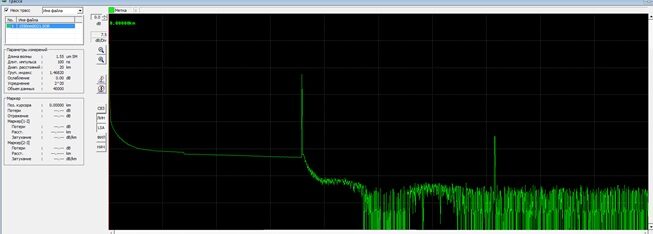Optical Time Domain Reflectometry
Optical Time Domain Reflectometry is a device that measures many features in Fiber Optic Cables. They are mostly used to measure cable conditions and problems. If there are any transmission-related problems in Fiber Optic Cables, OTDR can find them. Its common use is finding break locations in Fiber Optic Cables. These cables can carry data approximately a hundred kilometers before amplification. Hence if there is a break, the one who is going to repair shall examine very long distances. Examining a hundred kilometers by hand is nearly impossible. There must be a device that examines the Fiber Optic Cable from afar. There is a device that does this job and it’s called OTDR. We will be going through how it does this job in detail.

What is OTDR
OTDR (Optical Time Domain Reflectometry) is a device used for the characterization of fiber optics. OTDR measures time and location (domain). It sends light pulses and measures backscattered light amplitude. From the time difference, OTDR can calculate the fiber length and from the amplitude loss, OTDR measures general losses, breaking points, and other effects on the Fiber Optic Cable. Backscattered lights amplitude always declines through the Fiber Optic Cable. This is because of the impurities and light-particle interaction in the fiber optics. By this declining amplitude, OTDR can determine the loss coefficient. It is similar to running electric current encounters with resistance. This working principle helps us to determine if the fiber is broken or under any loss causing the effect.
In the figure VIAVI MTS 2000 presented. You can see two covers to the top of the OTDR. The one is for multi-mode fiber optic cables and the other is for single-mode fiber optic cables. The one should connect their cable to the correct port for the right measurements. Different cables may use different wavelengths.

- Fiber Break
- Fiber Bending
- Splice Loss
- Connector Loss
- Patch Panel Locations
- Reflectance
After connecting the Fiber Optic Cable, OTDR sends a laser pulse into the cable.
The laser pulse travels through the cable and scatters the backward.
The device measures backscattered laser pulses characteristics.
For example, it measures the amplitude. The amplitude tends to decline all the time.
How far in the cable you measure the amplitude, the weaker the amplitude of the scattered light.
This phenomenon is caused by several reasons.
While light is going through the fiber optic cable it gets a power loss.
OTDR measures this power loss or amplitude values. It also measures and saves the time difference.
So that we can understand the location and diagnose the problem.
Some of the things that are looking at are listed below.



